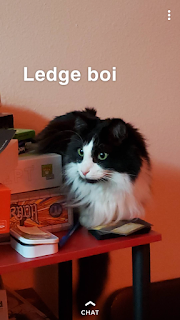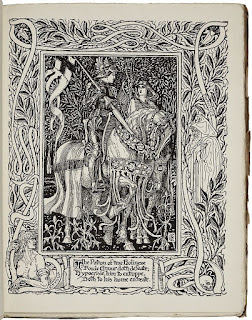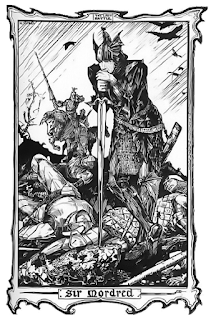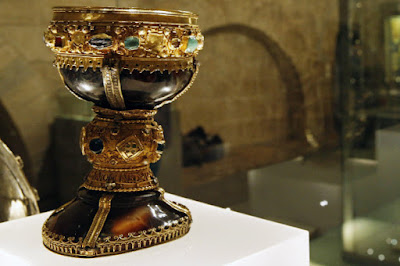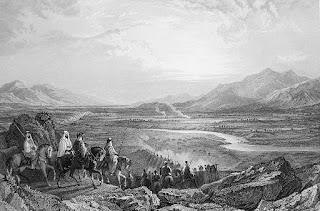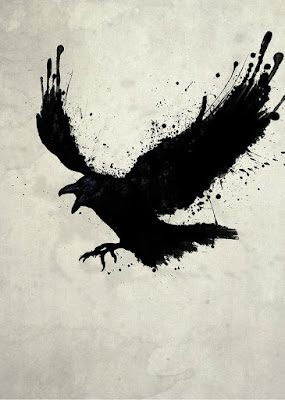Week 14 Story - The Cottage Atop the Hill

Atop a quaint hill at the furthest end of the longest road in the kingdom sat a small cottage, wherein a small family of three lived. The father was old and gruff, with a beard down to his toes, and the mother was fragile and sweet, with a particular penchant for making the finest pies in the land. Their child, a single daughter, was a delightful, fair lass with the most elegant blonde hair in the whole of the kingdom. There they lived, beloved by the whole of the village around the hill, in peaceful harmony. One day in the village, residents reported that their livestock had been disappearing when they neared the hill to graze. None could find why such a thing was happening, so a pair of farmhands decided to keep watch over the grazing cattle during the night. The next morning, they were nowhere to be found. The folk of the village soon began to suspect the elderly couple atop the hill thereafter. As more and more livestock and villagers disappeared, the residents became angry. At l...
